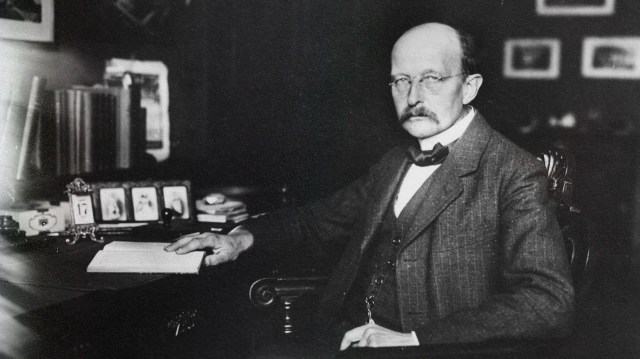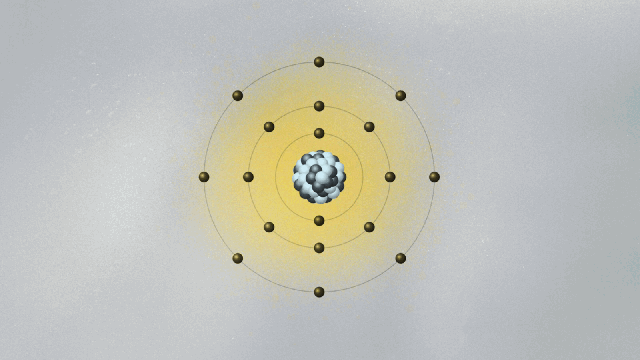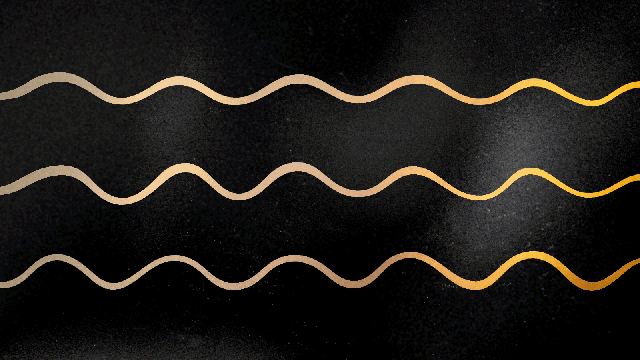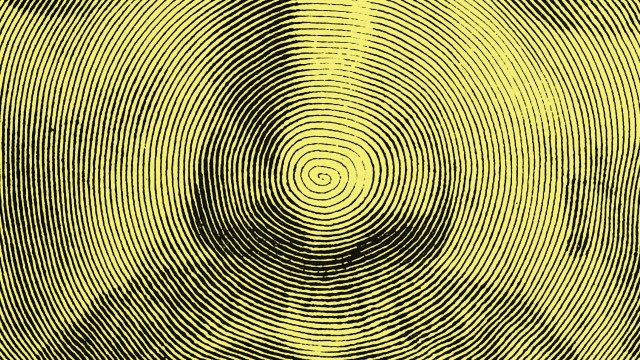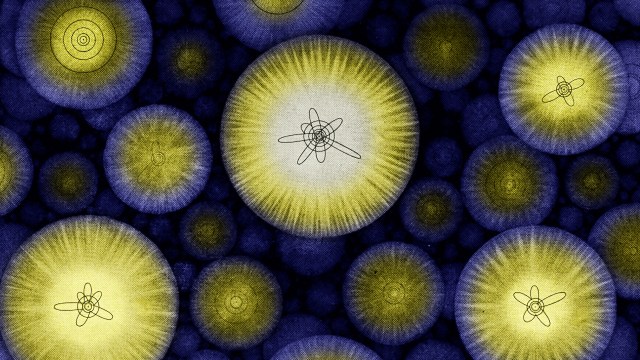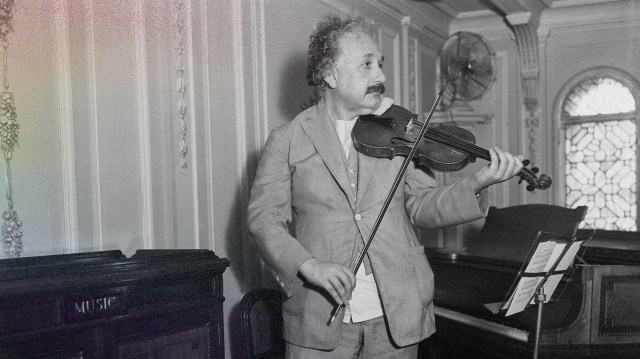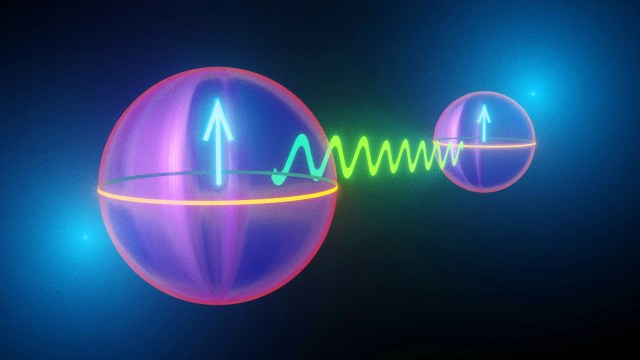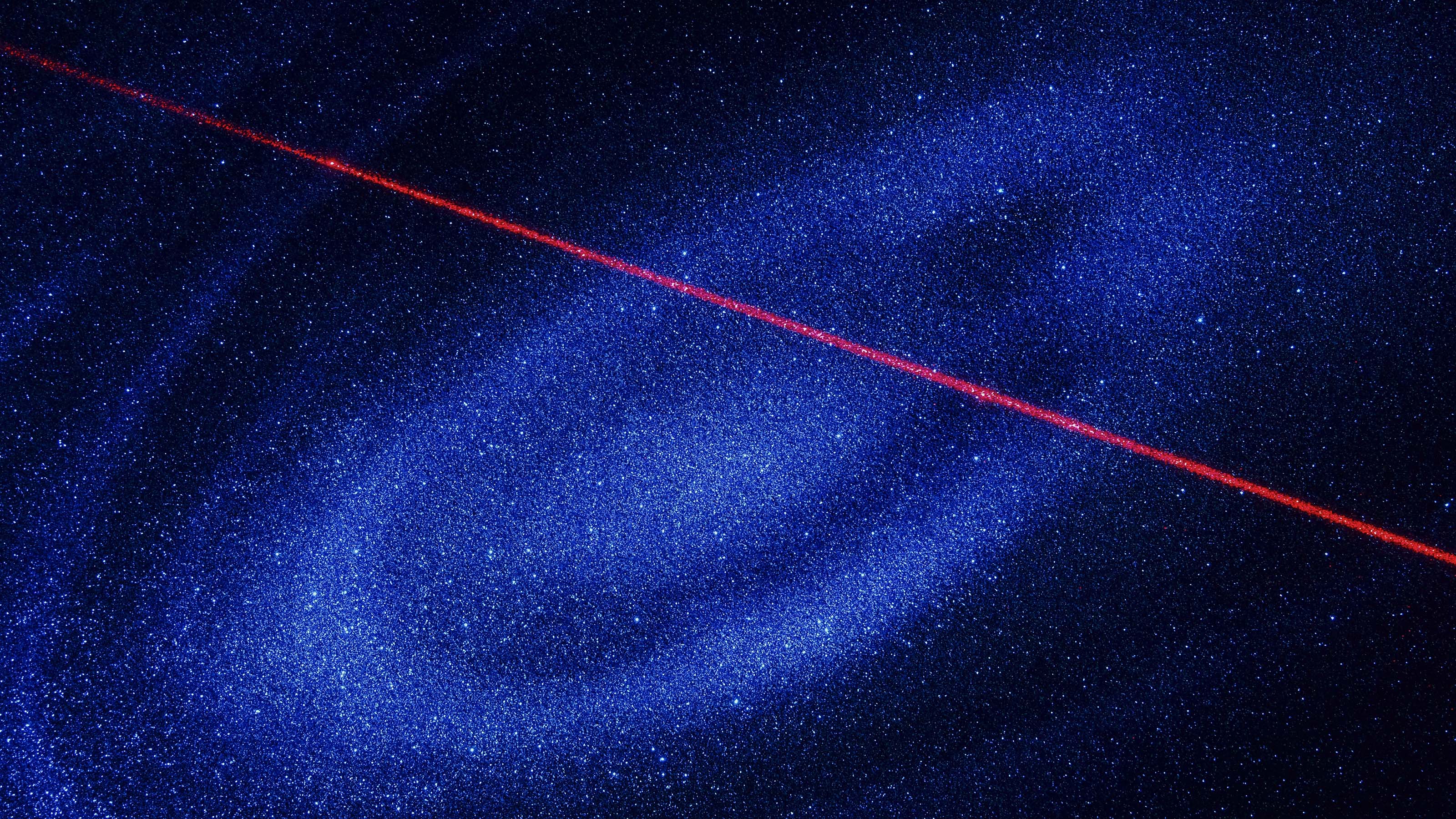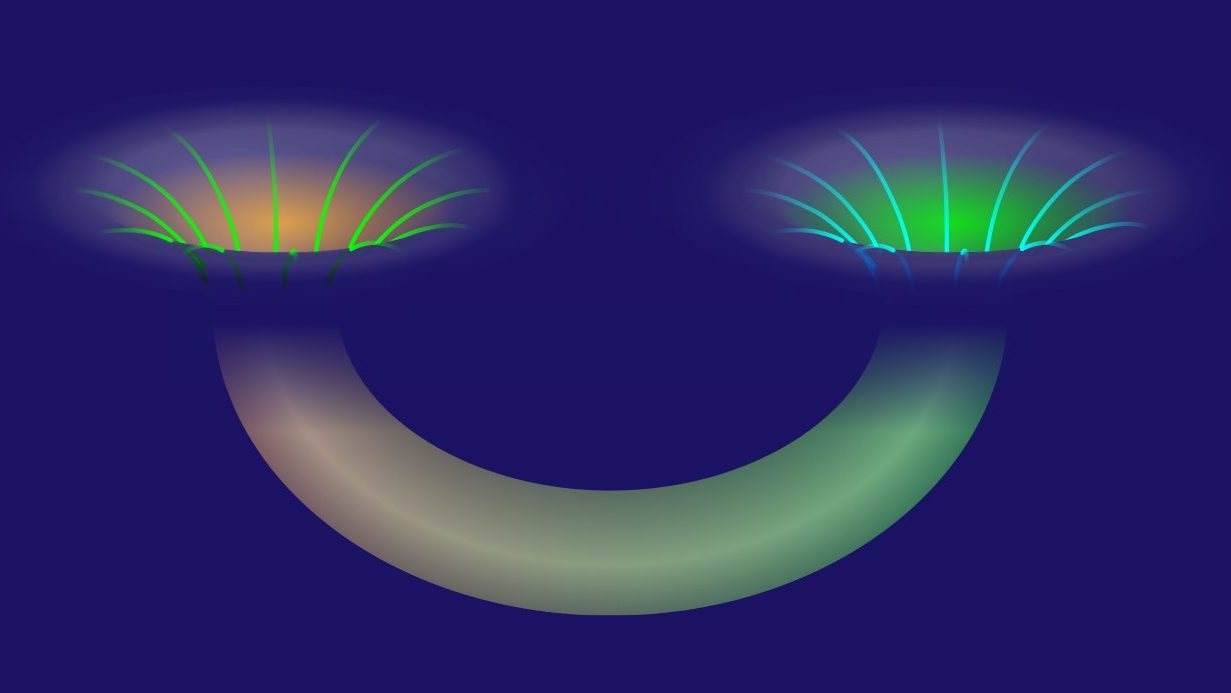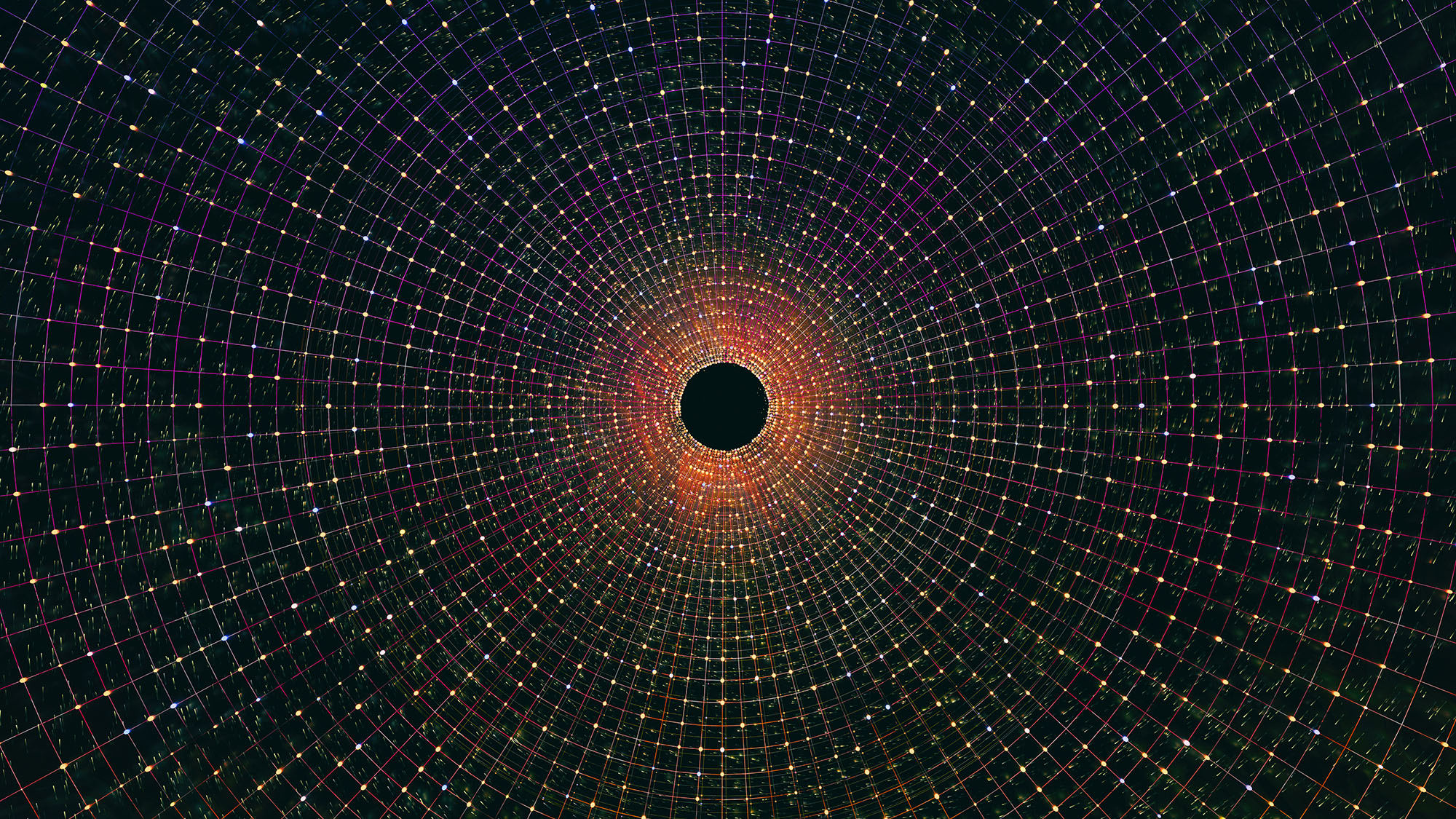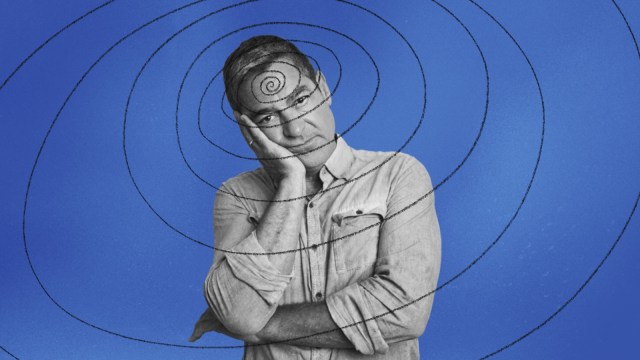Our language is inadequate to describe quantum reality
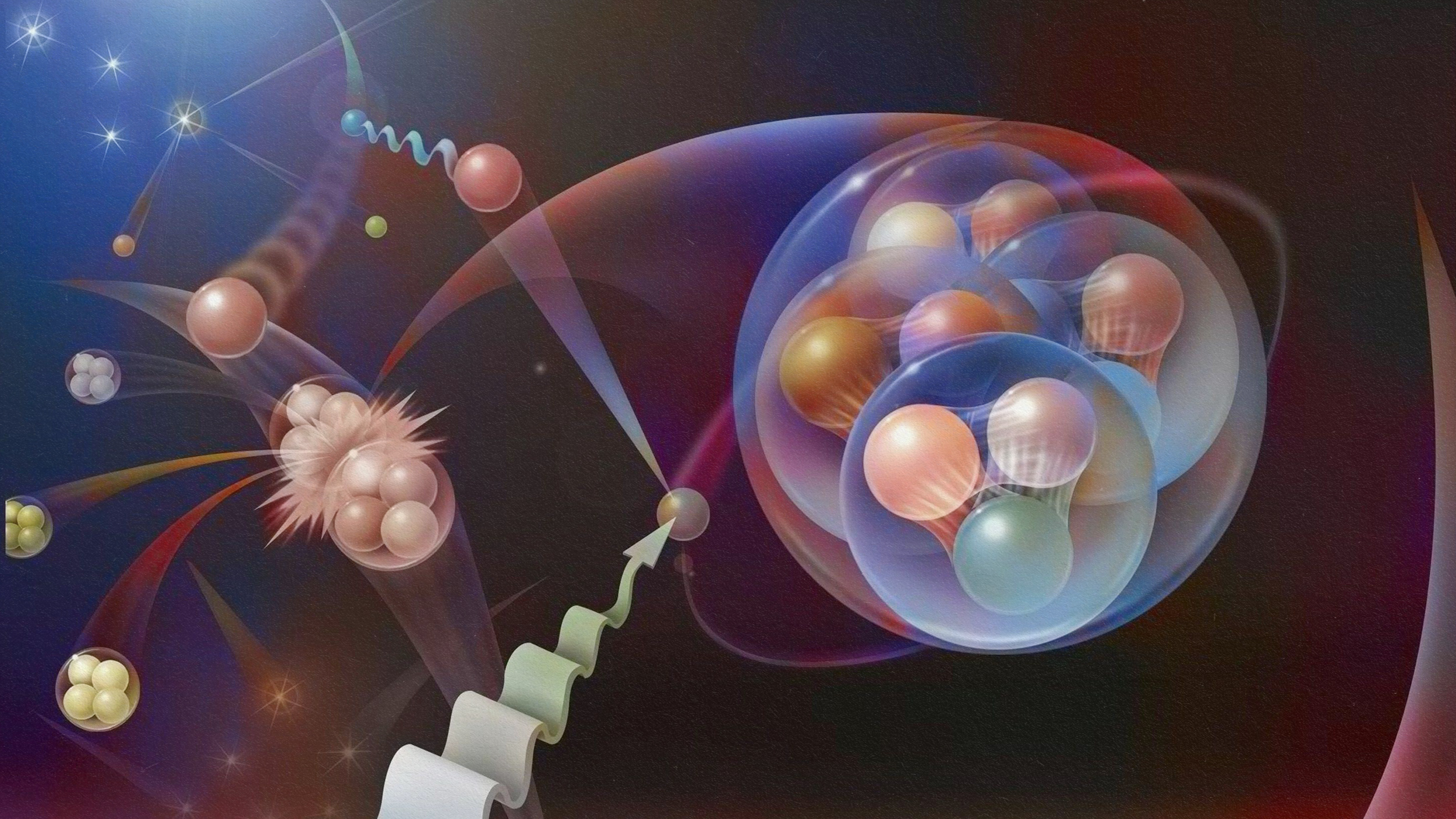
- In the world of the quantum, the observer plays a crucial role in determining the physical nature of what is being observed. The notion of an objective reality is lost.
- Progress in this bizarre field could only be made through radically new approaches. Knowability — that is, the possibility of having absolute knowledge of something — is impossible.
- While the math is incredibly clear, language is incapable of describing quantum reality.
“Heaven knows what seeming nonsense may not tomorrow be demonstrated truth.”
This is how the great mathematician and philosopher Alfred North Whitehead expressed his frustration with the onslaught of weirdness coming from the emerging quantum physics. He wrote this in 1925, just as things were getting truly strange. At the time, light had been shown to be both particle and wave, and Niels Bohr had introduced a strange model of the atom that showed how electrons were stuck in their orbits. They could only jump from one orbit to another by either emitting photons to go to a lower orbit or absorbing them to go to a higher orbit. Photons, for their part, were particles of light that Einstein conjectured to exist in 1905. Electrons and light danced to a very unique tune.
When Whitehead spoke, the wave-particle duality of light had just been extended to matter. In trying to understand Bohr’s atom, Louis De Broglie proposed in 1924 that electrons were also both wave and particle, and that they fit in their atomic orbits like standing waves — the kind you get by vibrating a string with one end fixed. Everything waves, then, although the waviness of objects quickly becomes less apparent with increasing size. For electrons this waviness is crucial. It is much less important to, say, a baseball.
Quantum liberation
Two fundamental aspects of quantum theory arise from this discussion, and they are radically different from traditional classical reasoning.
First, images we build in our minds when we try to picture light or particles of matter are not appropriate. Language itself struggles to address quantum reality, since it is limited to verbalizations of those mental images. As the great German physicist Werner Heisenberg wrote, “We wish to speak in some way about the structure of atoms and not only about the ‘facts’… But we cannot speak about the atoms in ordinary language.”
Second, the observer is no longer a passive player in the description of natural phenomena. If light and matter behave as particles or waves depending on how we set up the experiment, then we cannot separate the observer from what is being observed.
In the world of the quantum, the observer plays a crucial role in determining the physical nature of what is being observed. The notion of an objective reality, existing independently of an observer — a given in classical physics and even in relativity theory — is lost. To a certain extent that is contentious; the world out there, at least within the realm of the very small, is what we choose it to be. Richard Feynman said it best:
“Things on a very small scale behave like nothing you have any direct experience about. They do not behave like waves, they do not behave like particles, they do not behave like clouds, or billiard balls, or weights on springs, or anything that you have ever seen.”
Given the bizarre nature of the quantum world, progress could only be made through radically new approaches. In the interval of two years in the 1920s, a brand new theory of the quantum was invented. This was quantum mechanics, which could describe the behavior of atoms and their transitions without invoking classical pictures such as billiard balls and miniature solar systems. In 1925, Heisenberg produced his remarkable “matrix mechanics,” a completely new way of describing physical phenomena.
Heisenberg’s construct was a brilliant liberation from the limitations imposed by classically inspired imaging. It did not include particles or orbits, only numbers describing electronic transitions in atoms. Unfortunately, it was also notoriously hard to calculate with — even for the simplest atom, hydrogen. Enter another brilliant young physicist. (There were lots of them around in those days, all in their 20’s and under Bohr’s tutelage.) The Austrian Wolfgang Pauli showed how matrix mechanics could be used to obtain the same results as Bohr’s model for the hydrogen atom. In other words, the quantum world called for a mode of description completely foreign to our everyday intuition.
The only certainty is uncertainty
In 1927, Heisenberg followed his new mechanics with a profound breakthrough into the nature of quantum physics, further distancing it from classical physics. This is the famous Uncertainty Principle. It asserts that we cannot know the values of certain pairs of physical variables (like position and velocity, or better, momentum) with arbitrary accuracy. If we try to improve our measure of one of the two, the other becomes more inaccurate. Note that this limitation is not due to the act of observing, as it is sometimes said. Heisenberg, trying to create an image to explain the mathematics of the Uncertainty Principle, claimed that if we, say, shine light into an object to see where it is, the light itself will push it away and its position will be imprecise. That is, the act of observing interferes with what is observed.
Although this is true, it is not the origin of quantum uncertainty. The uncertainty is built into the nature of quantum systems, an expression of the elusive wave-particle duality. The smaller the object — that is, the more localized it is in space — the larger the uncertainty in its momentum is.
Again, the issue here is to explain in words a behavior that we have no intuition for. The math, however, is very clear and effective. In the world of the very small, everything is fuzzy. We cannot attribute shapes to objects in that world as we are used to doing for the world around us. The values of these objects’ physical quantities — values such as position, momentum, or energy — are not knowable beyond a level dictated by Heisenberg’s relation.
Knowability, understood here as the possibility of having absolute knowledge of something, becomes more tenuous than abstraction in the quantum world. It becomes an impossibility. For the interested, Heisenberg’s expression for position and momentum of an object is ∆x ∆p ≥ h/4π, where ∆x and ∆p are the standard deviations of position x and momentum p, and h is Planck’s constant. If you try to decrease ∆x, that is, increase your knowledge of where the object is in space, you decrease your knowledge of its momentum. (In objects moving slowly with respect to light, the momentum is just mv, mass times the velocity.)
Quantum uncertainty was a devastating blow to those who believed that science could provide a deterministic description of the world: that action A causes reaction B. Planck, Einstein, and de Broglie were incredulous. So was Schrödinger, the hero of the wave description of quantum physics, which we will address in a coming week. Could nature be this absurd? After all, Heisenberg’s relation was telling the world that even if you knew the initial position and momentum of an object with infinite precision, you wouldn’t be able to predict its future behavior. Determinism, the cornerstone of the classical worldview of mechanics, of planets orbiting stars, of objects falling predictably to the ground, of light waves propagating in space and reflecting from surfaces, had to be abandoned in favor of a probabilistic description of reality.
This is where the real fun begins. It is when the worldviews of giants such as Einstein and Bohr clash amid uncertainty’s new hold on the nature of reality. About one century ago, the world, or at least our grasp of it, became something else altogether. And the quantum revolution was only beginning.

